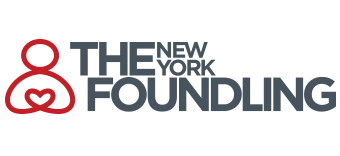The 74: Students Who Are Lagging Behind Need Both Grade-Level Content and Personalized Learning. How 3 Schools Are Making It Happen
Nationally, as many as 3 out of 5 students enter school below grade level. The numbers are even higher for low-income students and children of color. To address this problem, some educators and policymakers advocate for more access to higher-quality instructional materials — grade-appropriate curriculum and content that are standards-aligned, coherent and easy for teachers and students to use.
Others argue that personalization — which strives to give students more choice over their learning, access to a variety of content based on interests and needs, and flexible pacing, all driven by continuous use of data to inform instructional decisions and often using technology — is the key to postsecondary success. However, personalized learning alone does not dramatically improve student learning outcomes. Swapping one curriculum out for another is also not a panacea, especially without ongoing professional learning supports for teachers.
Given that neither of these approaches — more access to grade-level content or to personalized strategies — is enough to help students who are behind, what is the answer? The key is to do both.
Some schools, usually new or existing schools that want to avoid multiple implementation cycles, roll out a high-quality curriculum and personalization at the same time. Mott Haven Academy Charter School, a pre-K-8 school in New York City that serves foster children and students in the child-welfare system, decided on this approach after years of seeing English Language Arts test scores hovering around the state average — a comparatively strong performance for a vulnerable student population, but below the school’s big goals.

